Need help? Call us:
- Questions? Call us toll-free +1-800-520-5726
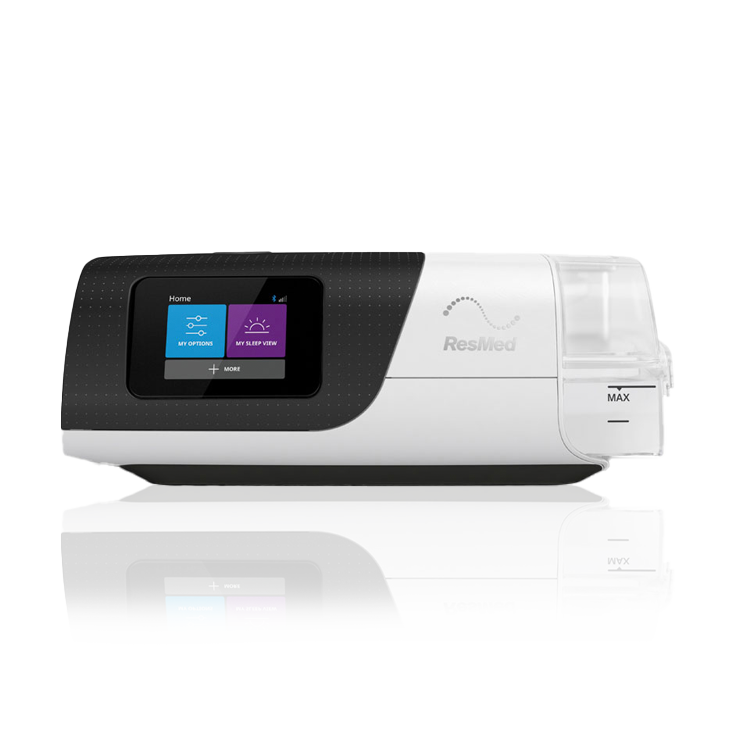
CPAP Masks Finder
Discover your perfect mask fit
- Portable Oxygen
- Home Oxygen
- Oxygen Accessories
- CPAP Machines
- CPAP Supplies
- CPAP Masks
- Mobility
- Bathroom Safety
- Pediatrics
- New Arrivals
How Pulmonary Arterial Hypertension Can Hurt Your Heart
How Pulmonary Arterial Hypertension Can Hurt Your Heart

A form of pulmonary hypertension, pulmonary arterial hypertension affects the small arteries in the lungs.
It occurs because there is an increase in the pressure of the vessels in the lungs and scars the vessels.
It is a very serious condition that doesn’t require the individual to have high blood pressure in order to be diagnosed with it.
{{cta(‘155910633031’)}}
What is PAH?
Pulmonary arterial hypertension fall under the category of pulmonary hypertension.
Like pulmonary hypertension, pulmonary arterial hypertension affects the lungs and arteries.
Pulmonary arterial hypertension is specifically scar tissue buildup in the small blood vessels in the lungs.
This scar tissue can block blood flow in the lungs and increase the amount of pressure in the vessels of the lungs.
Though many believe that you have to have high blood pressure to have PAH, you do not, as the high blood pressure can be present only in the lungs.
The blood vessels in the lungs are much different than those throughout the rest of the body.
It is possible that the vessels can rupture from pulmonary arterial hypertension, though it is very rare.
What Else Can PAH Cause?
Though PAH starts in the lungs, it can affect other areas of the body.
Not only can your heart become damaged from pulmonary arterial hypertension, but your body can lose its oxygen source and organs can fail.
Our lungs and heart work together to take in oxygen, add it to the blood, send it to organs throughout the body, and then the lungs release carbon dioxide.
Naturally the lungs and heart (right side) are at a lower level of pressure compared to the rest of the body.
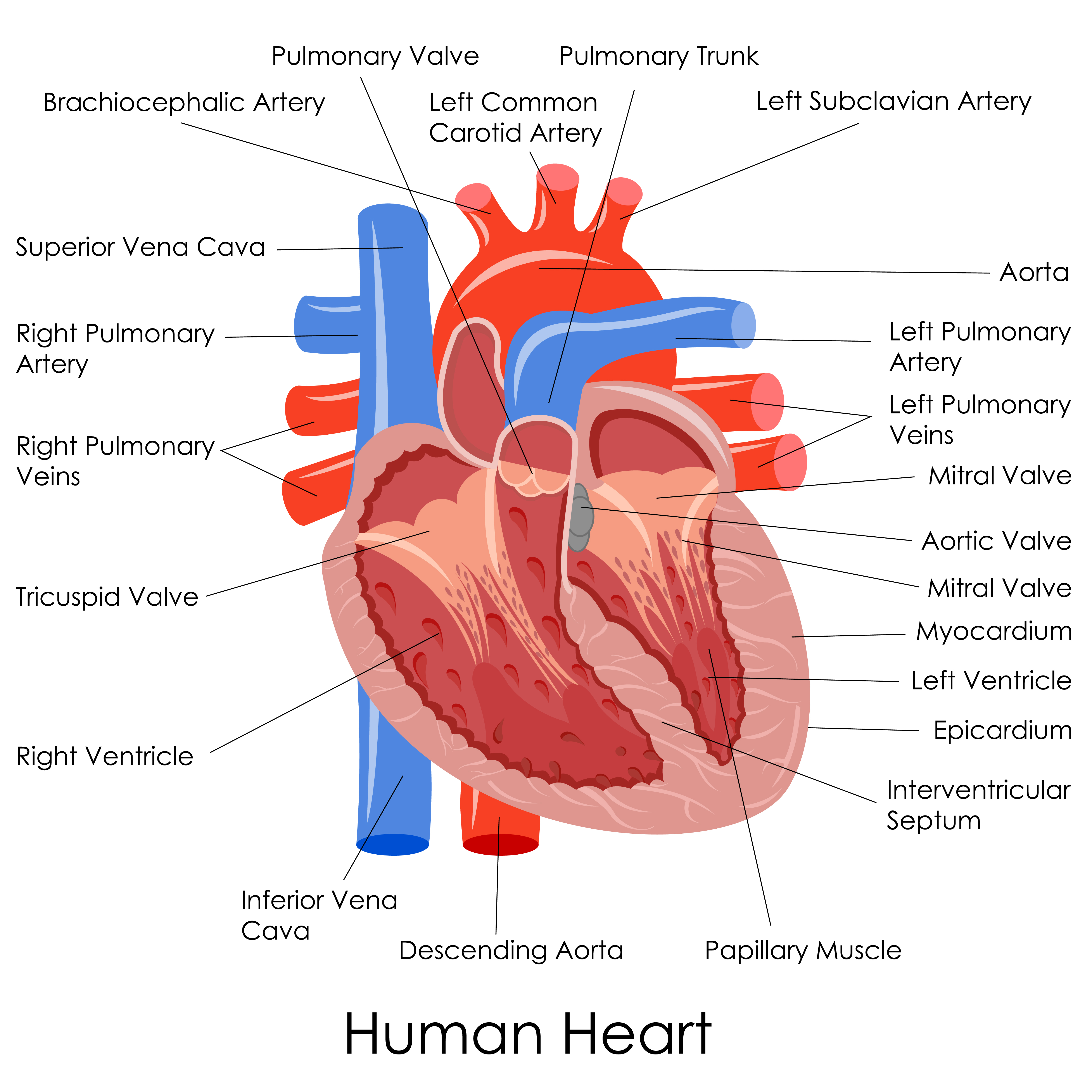
The low pressure helps the blood collect a lot of the oxygen while it is in the lungs.
If the body cannot get enough oxygen, the organs can begin to fail.
When an individual has PAH, the blood vessels in the lungs are narrow, preventing a normal amount of blood to get through the vessels.
The narrow and scarred blood vessels then require the heart to pump harder in order to get blood through.
The right side of the heart is the side that has to exert enough force to push the blood through the vessels.
As the right side of the heart has to deal with more pressure, it can fail from working too hard.
The narrow vessels can also cause a lack of oxygen in the blood, as the blood is unable to collect the needed oxygen for the body.
What are the Symptoms?
More times that not, symptoms may not be noticed right away, or at all.
Some of the symptoms to look out for include shortness of breath, chest pain, fatigue, fainting and swollen angles and feet.
Though these correlate with other conditions, your doctor will most likely preform multiple tests to accurately diagnose you.
There are a few conditions that can cause PAH, such as left heart disease, pulmonary embolus, and sometimes there is no condition to cause it.
How is it Diagnosed?
After you are asked a handful of questions by your doctor, he/she will get a better idea of what tests should be done to determine the cause of your symptoms.
Such tests include an echocardiogram, chest x-ray, electrocardiogram (ECG), right heart catheterization, blood tests, CT scan, MRI, pulmonary function tests, polysomnogram, V/Q scan, and open lung biopsy.
An echocardiogram is sound waves which can create a moving image inside the body (normally the heart) and can help to make sure the heart looks how it should.
A chest x-ray can show the heart, lungs and chest cavity, which can help determine if the right side of the heart is larger than it should be.
Electrocardiogram (ECG) helps read the electrical patterns of the heart, if it is abnormal it is commonly noticed.
Right heart catheterization requires your doctor to insert a small hollow tube (catheter) into the ride side of your heart to determine if your heart and lungs are working properly.
Blood tests can be done to determine if your body is getting enough oxygen as well measure substances in your blood that may lead your doctor to believe you have PAH.
A CT scan shows cross sections of your body, which would allow your doctor to see the vessels in the lungs and heart.
An MRI can help your doctor look at the blood flow in the lungs.
A pulmonary function test measures lung capacity as well as how much carbon dioxide you can exhale from your lungs.
A polysomnogram read brain activity, heart rate, blood pressure, oxygen levels and other major levels while you are asleep.
V/Q (ventilation/perfusion) scan is when a small “tracer” is injected into your vein and it can map out blood flow, and air in the lungs.
An open lung biopsy is a last resort for those with PAH, as it requires surgery to open the individual to be sedated and a small tissue sample is removed from the lungs.
There are many ways for PAH to be diagnosed, as some of these tests may not be done if PAH is diagnosed in some of the tests.
{{cta(‘155910633392’)}}
Treatment Options

There are many options for those with pulmonary arterial hypertension,such as pills, inhaled medication, and IV forms.
Your doctor and you will decide which method of treatment is best for you personally.
There are many medications than may be used in conjunction with each other.
The treatment can depend on how severe it can be, as well as other medications you may be on.
Conclusion
PAH can be a serious condition that can result in heart failure, but if caught it time it can be medicated and monitored.
As COPD can cause pulmonary arterial hypertension, it is important to know the symptoms of PAH and get checked regularly by your doctor.
It is also important to know about diagnosis tests and treatment options so you are not surprised at the doctors.
It is important to understand what your current condition can do, as well as understand what else can happen and to keep and eye out for unusual symptoms.


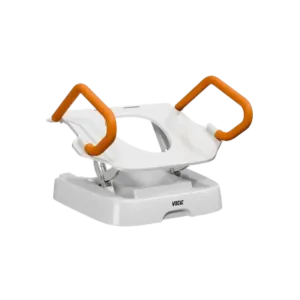
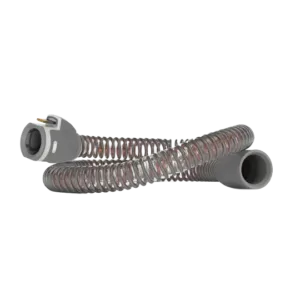

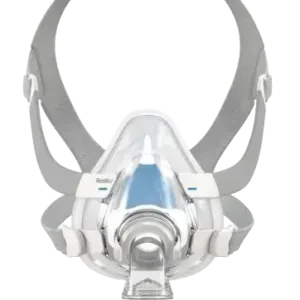

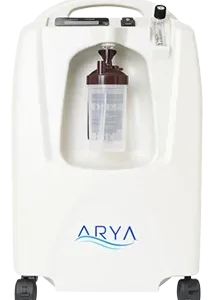
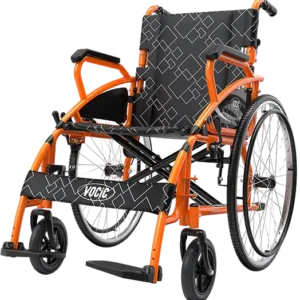
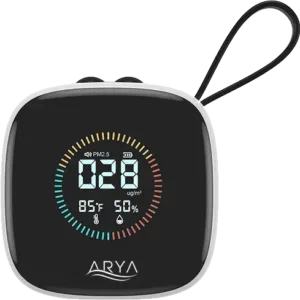

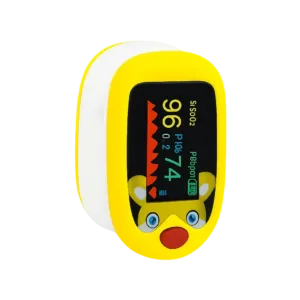



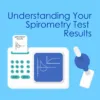


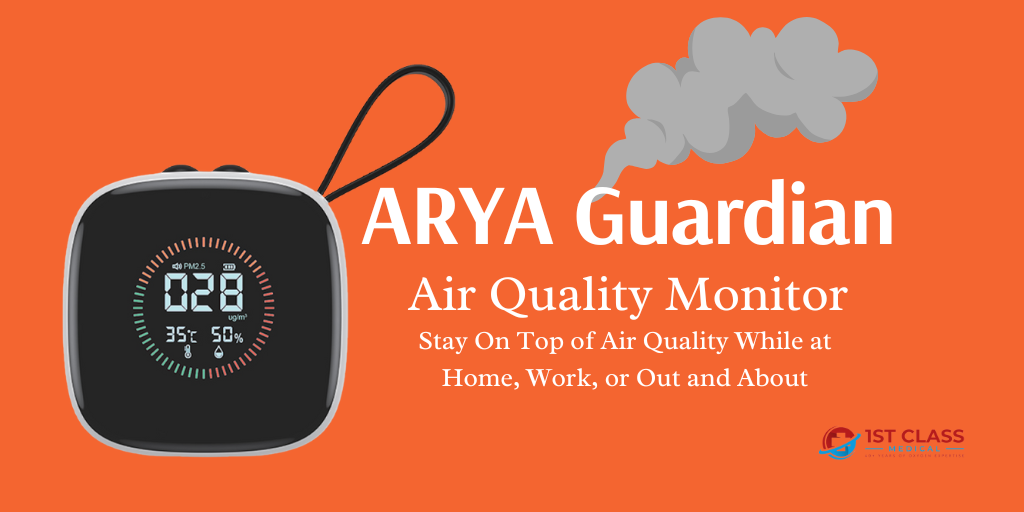





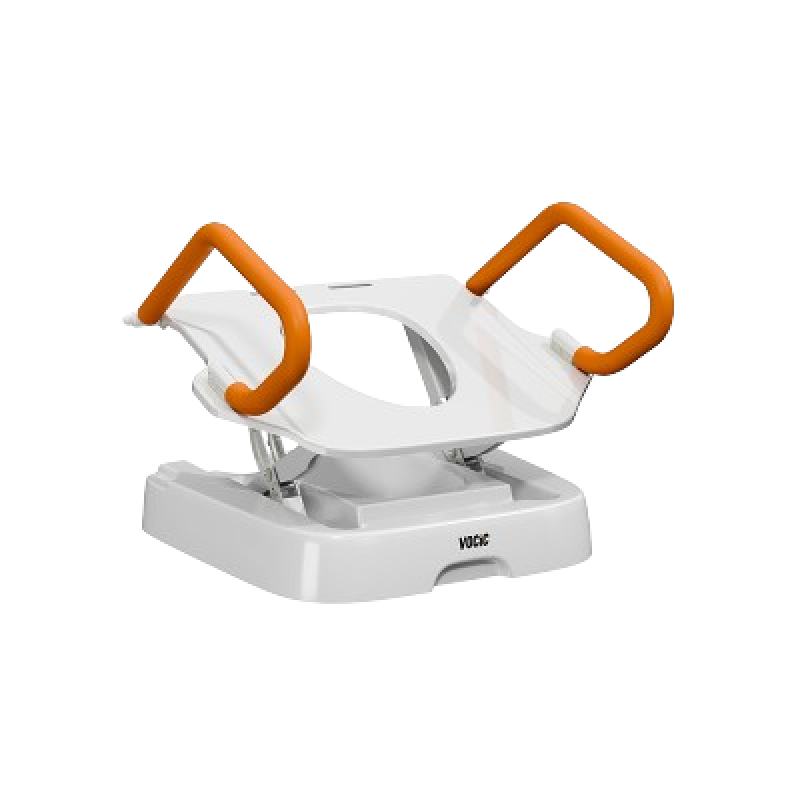


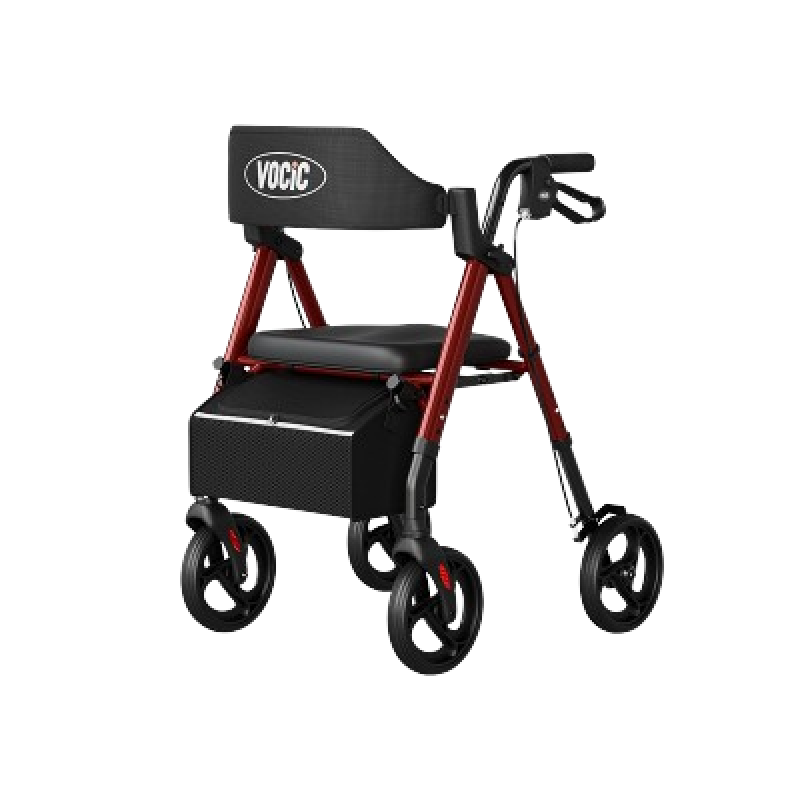
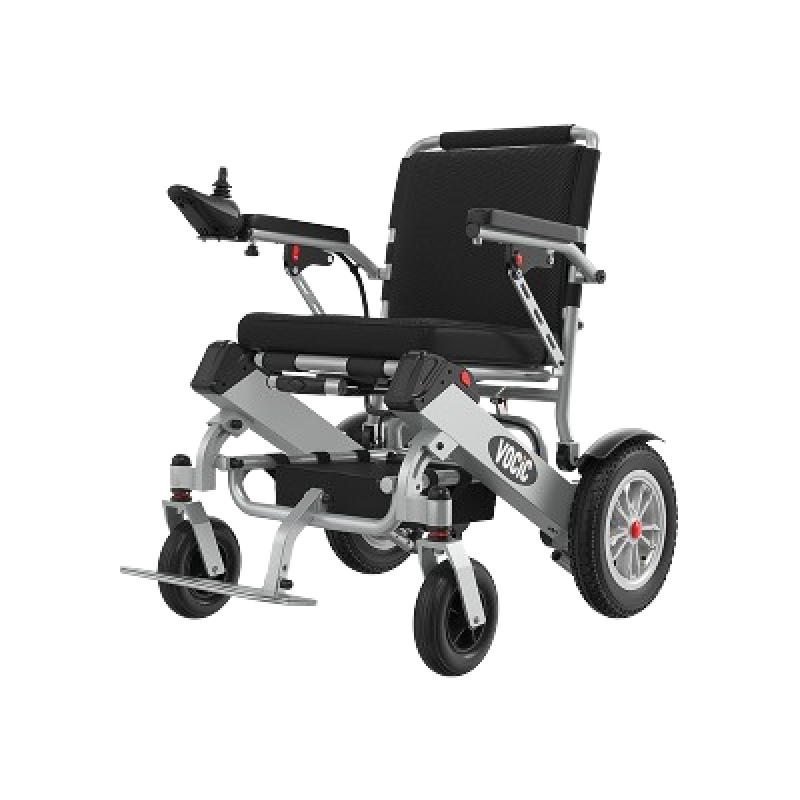


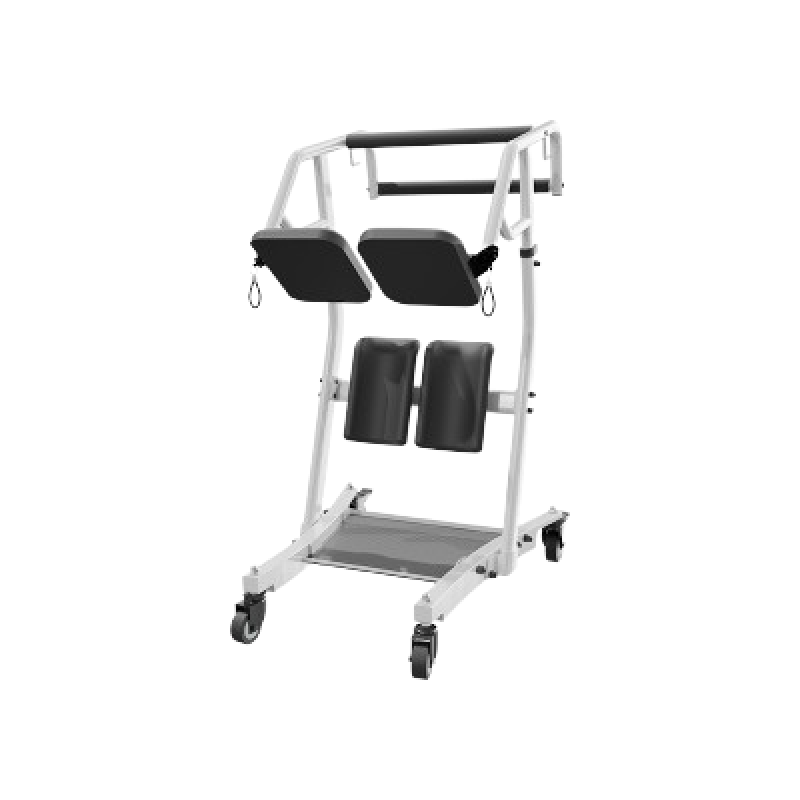
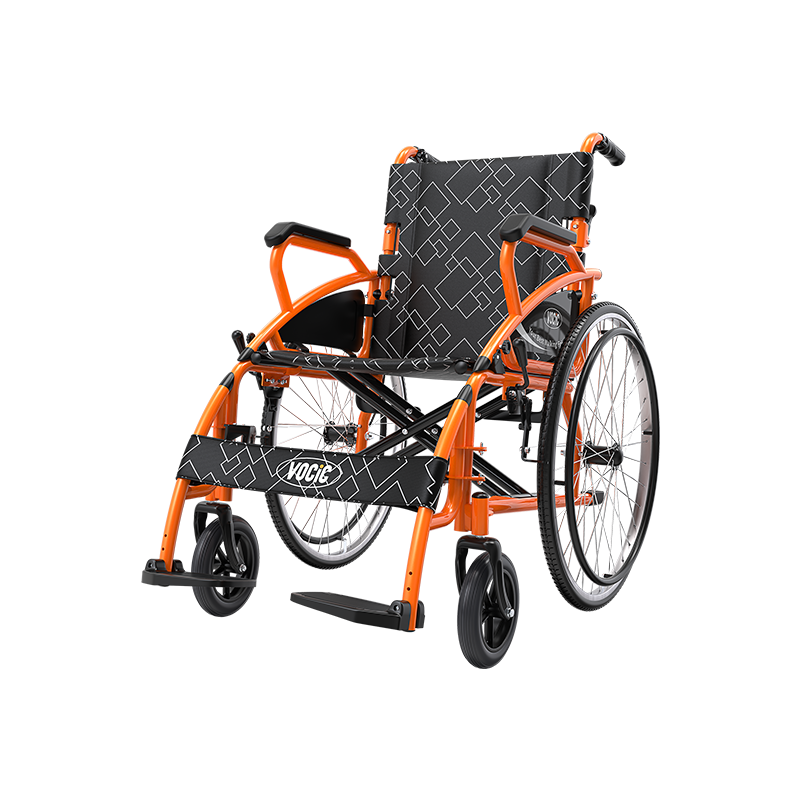

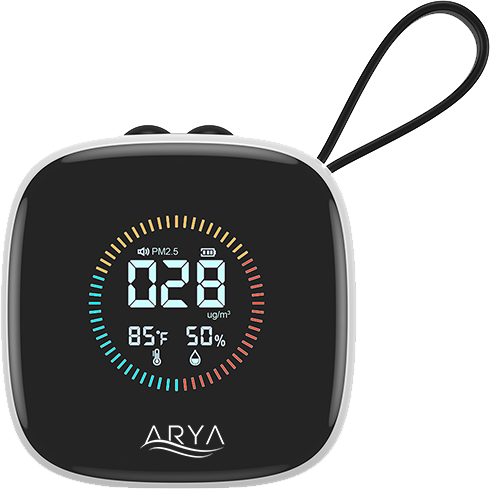
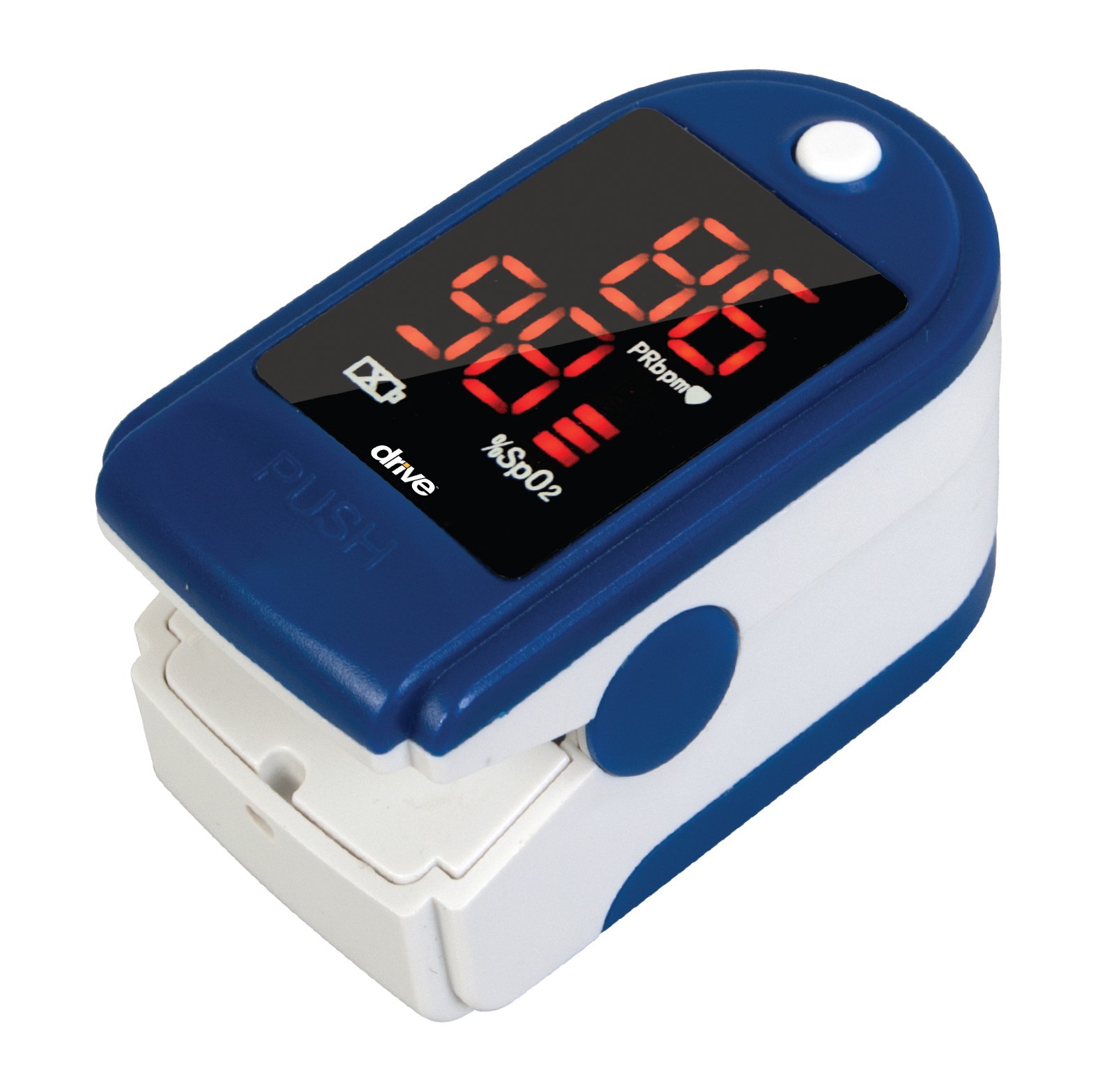

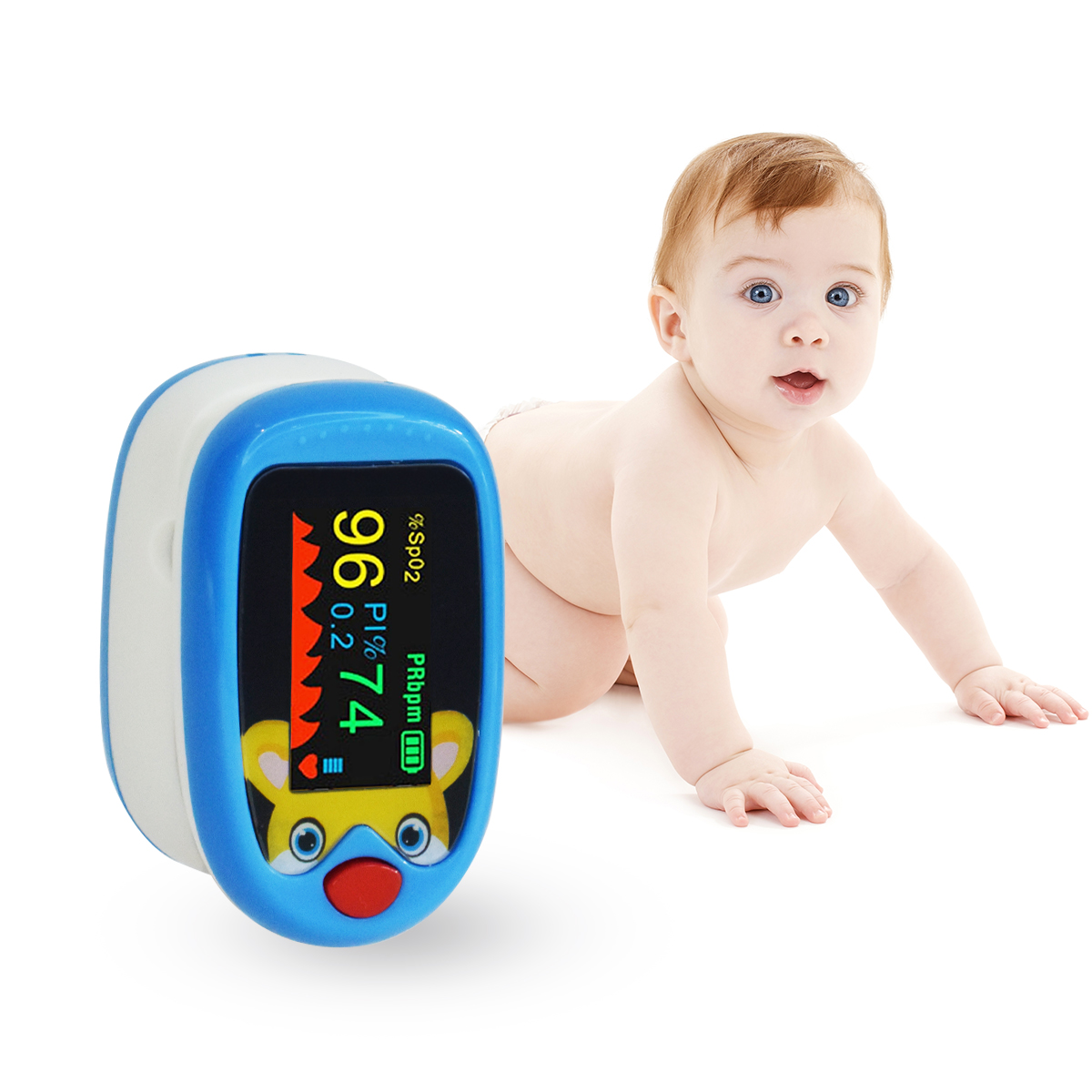

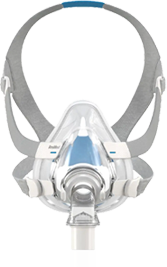
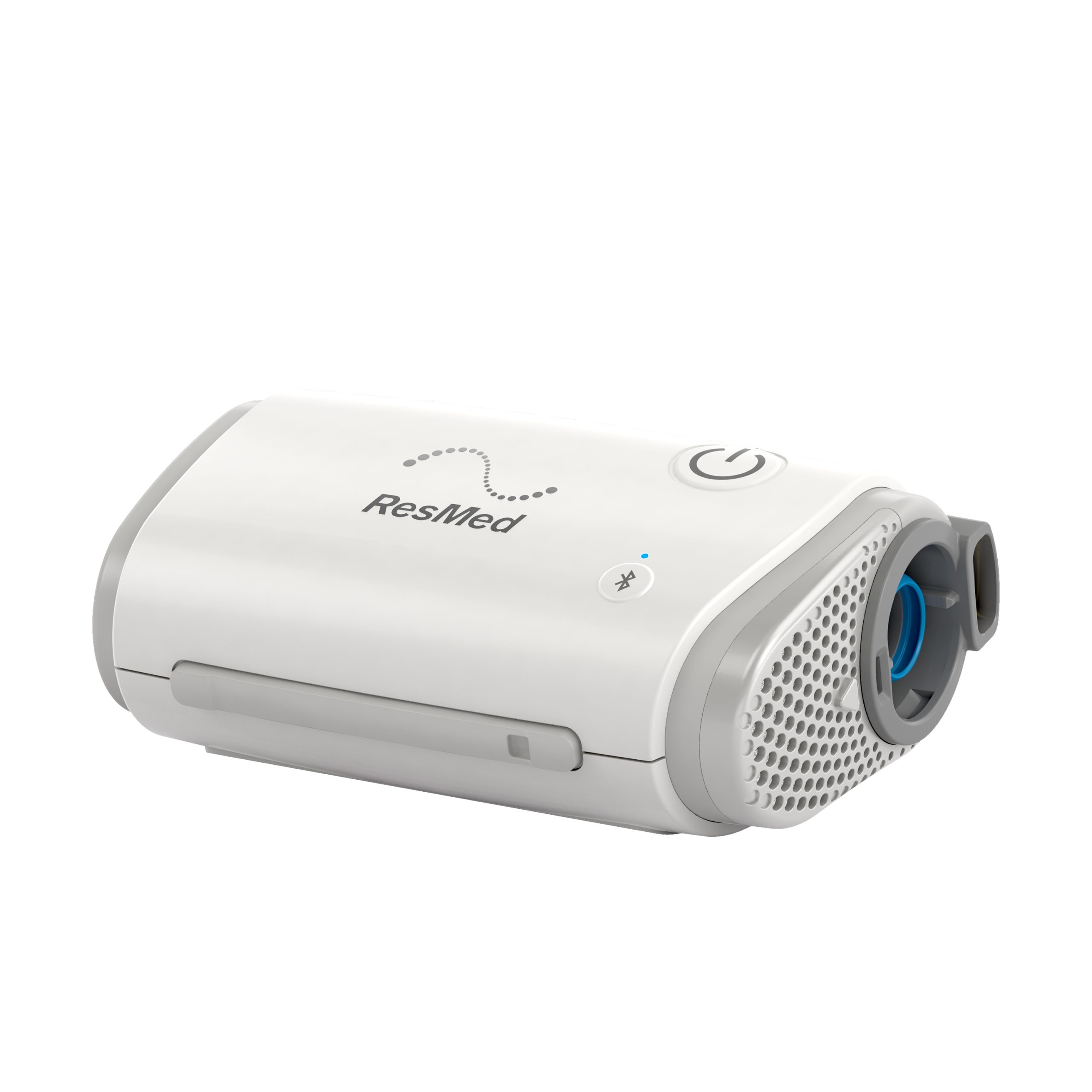
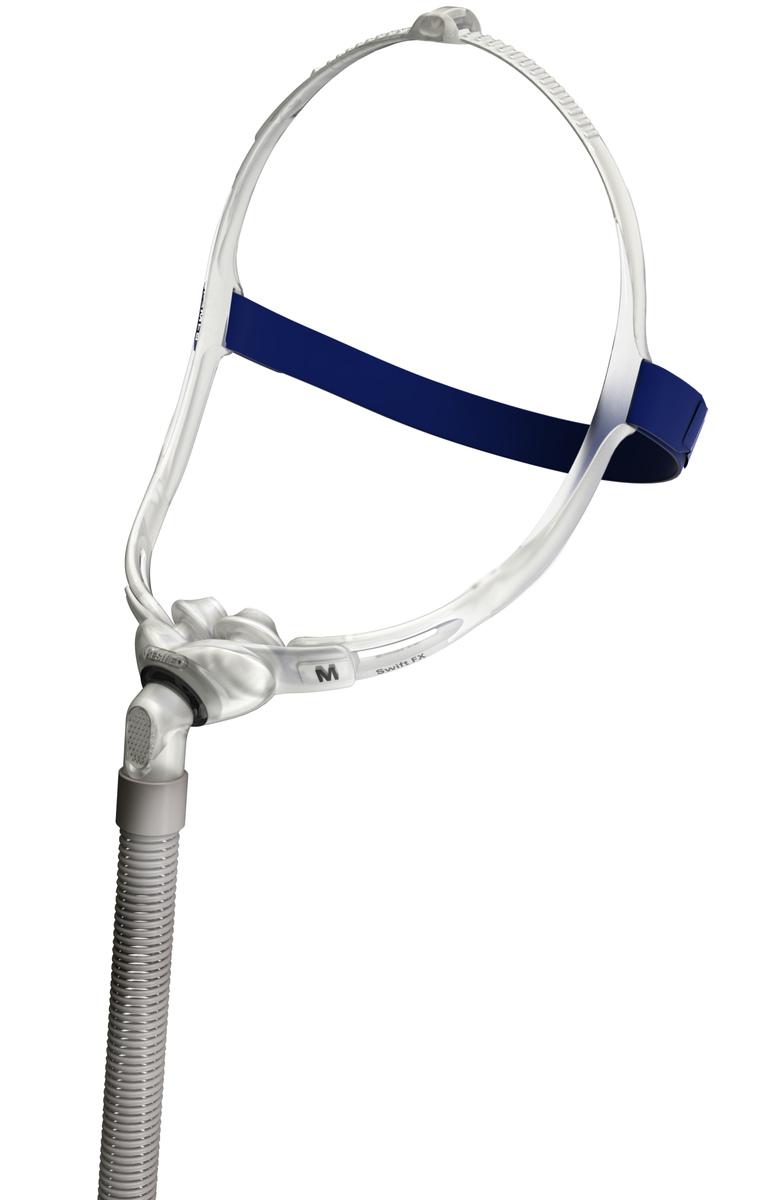
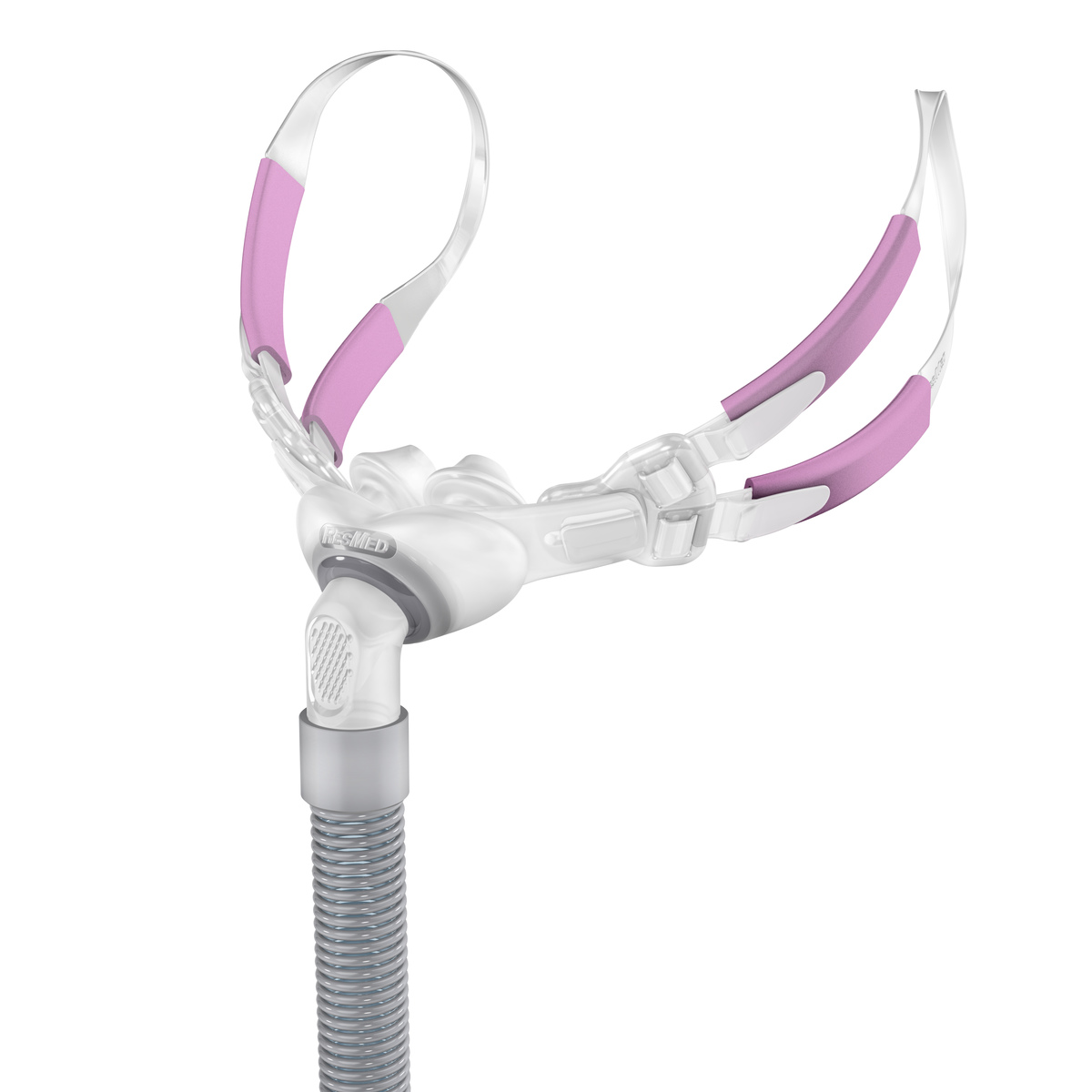
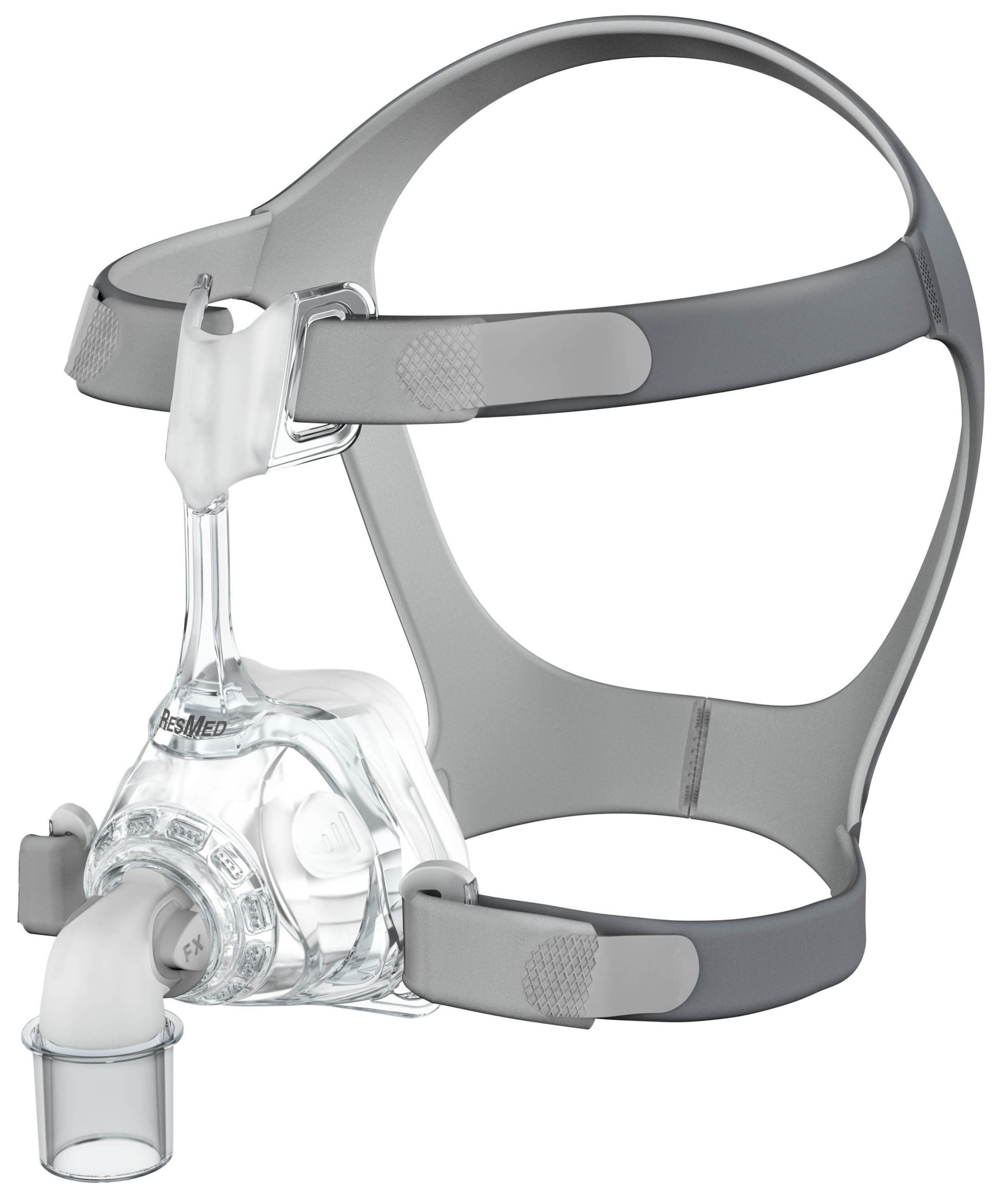
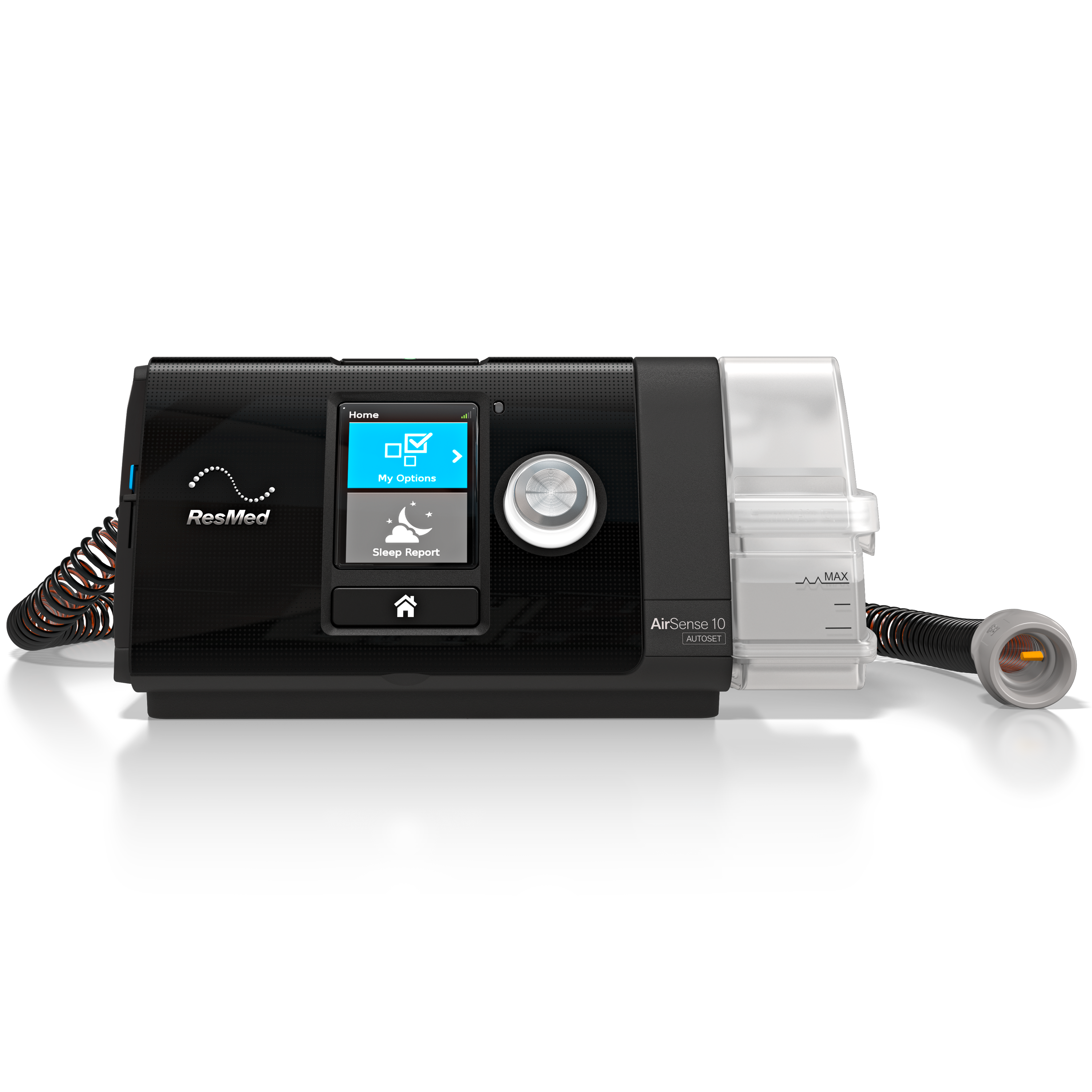




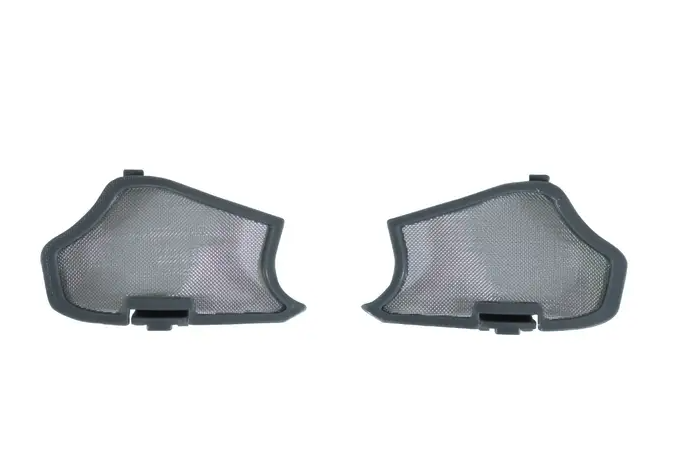


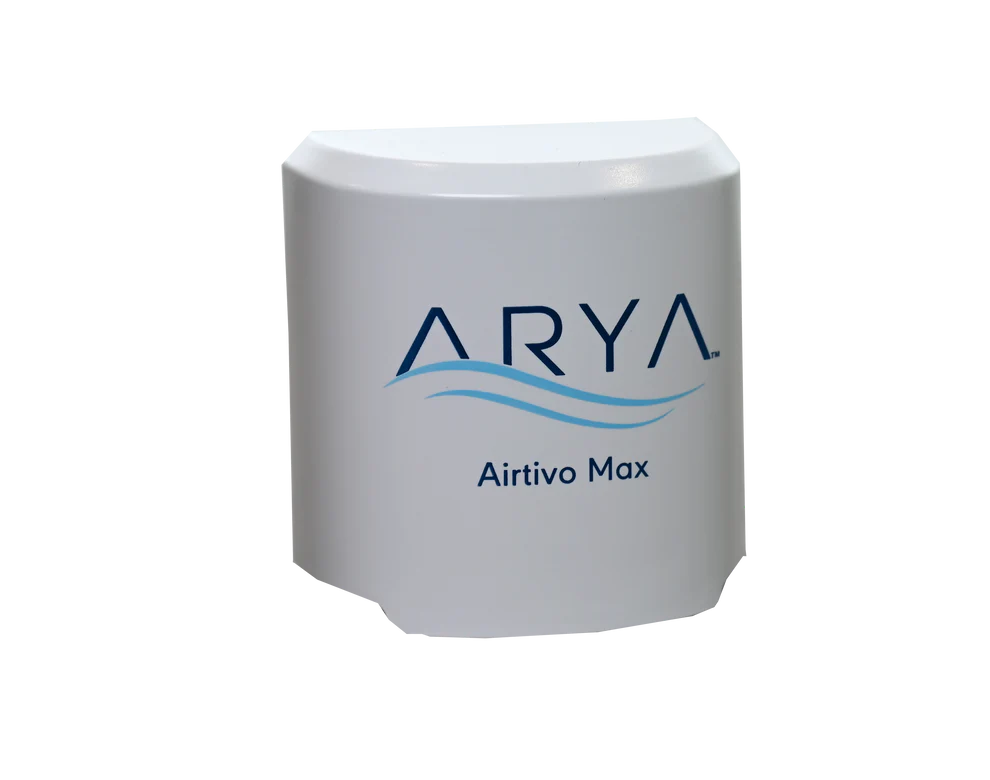



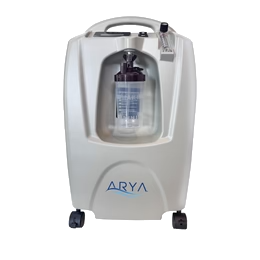

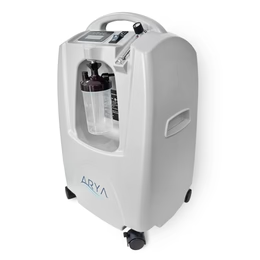
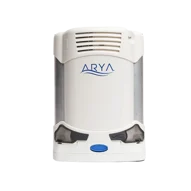
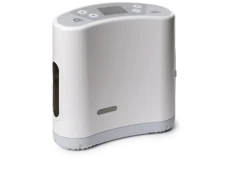

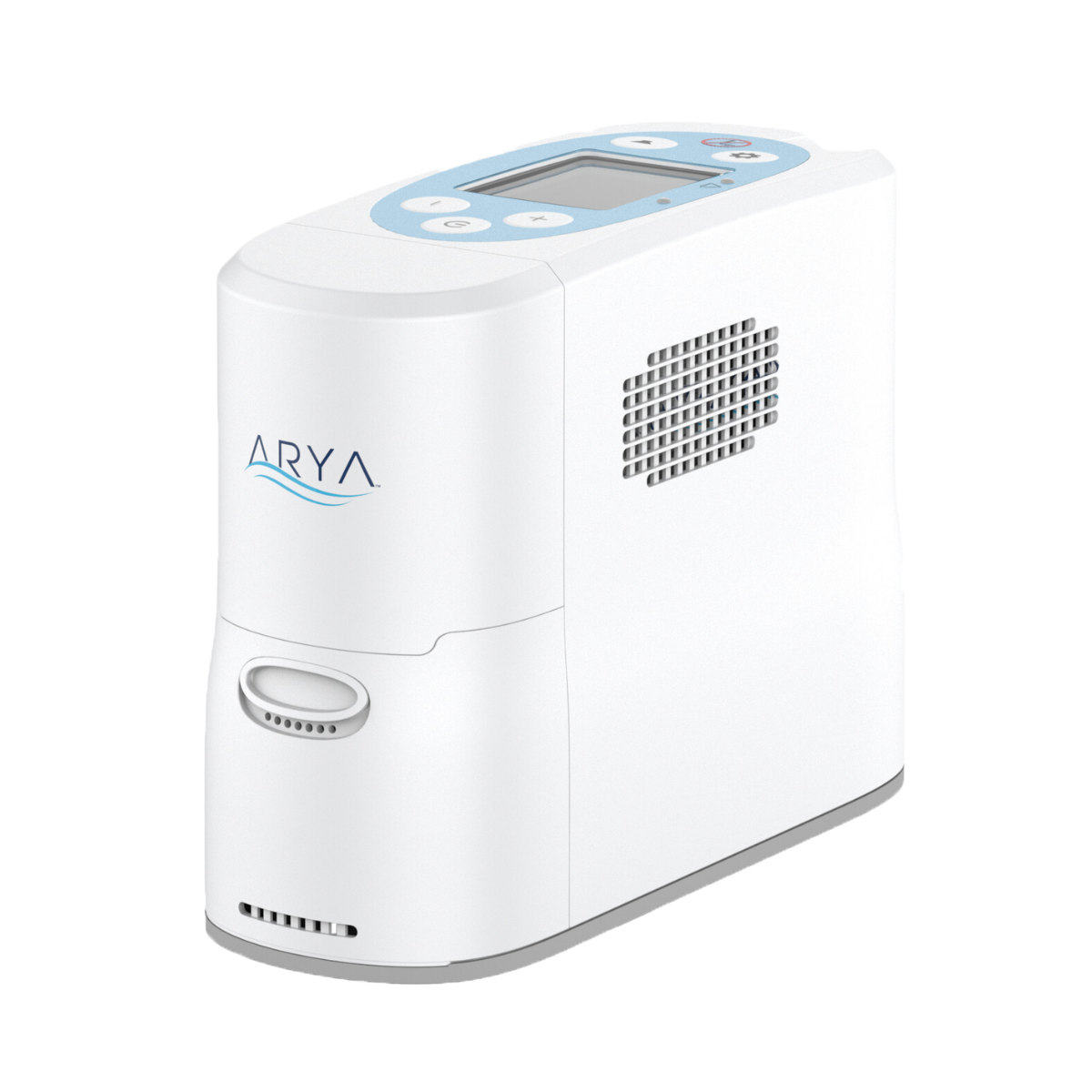
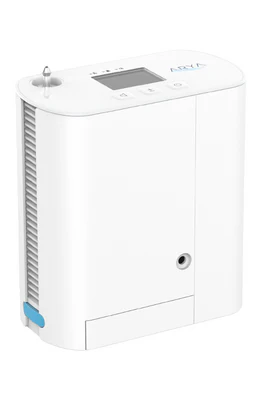
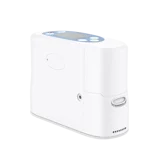

Comments are closed